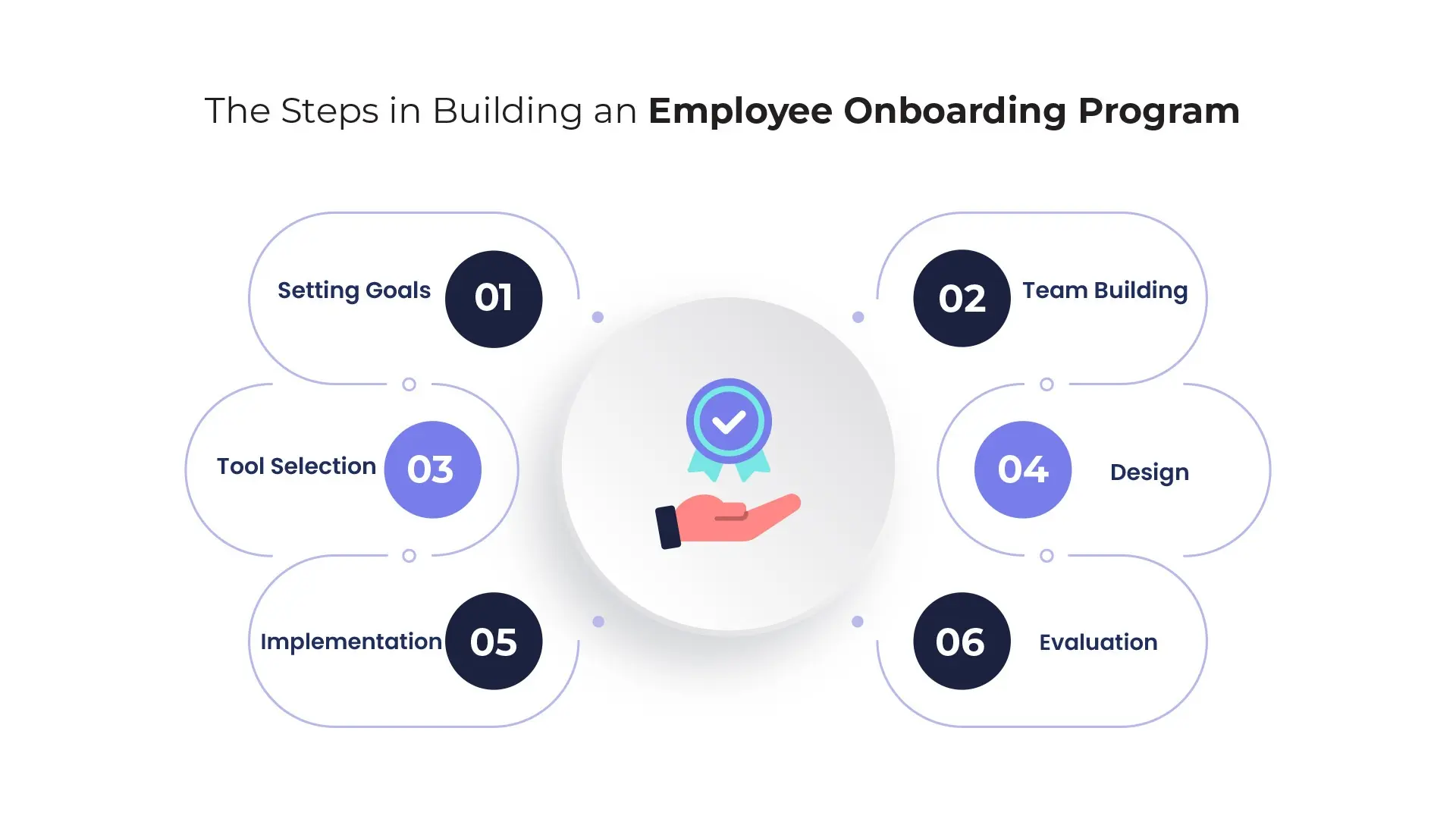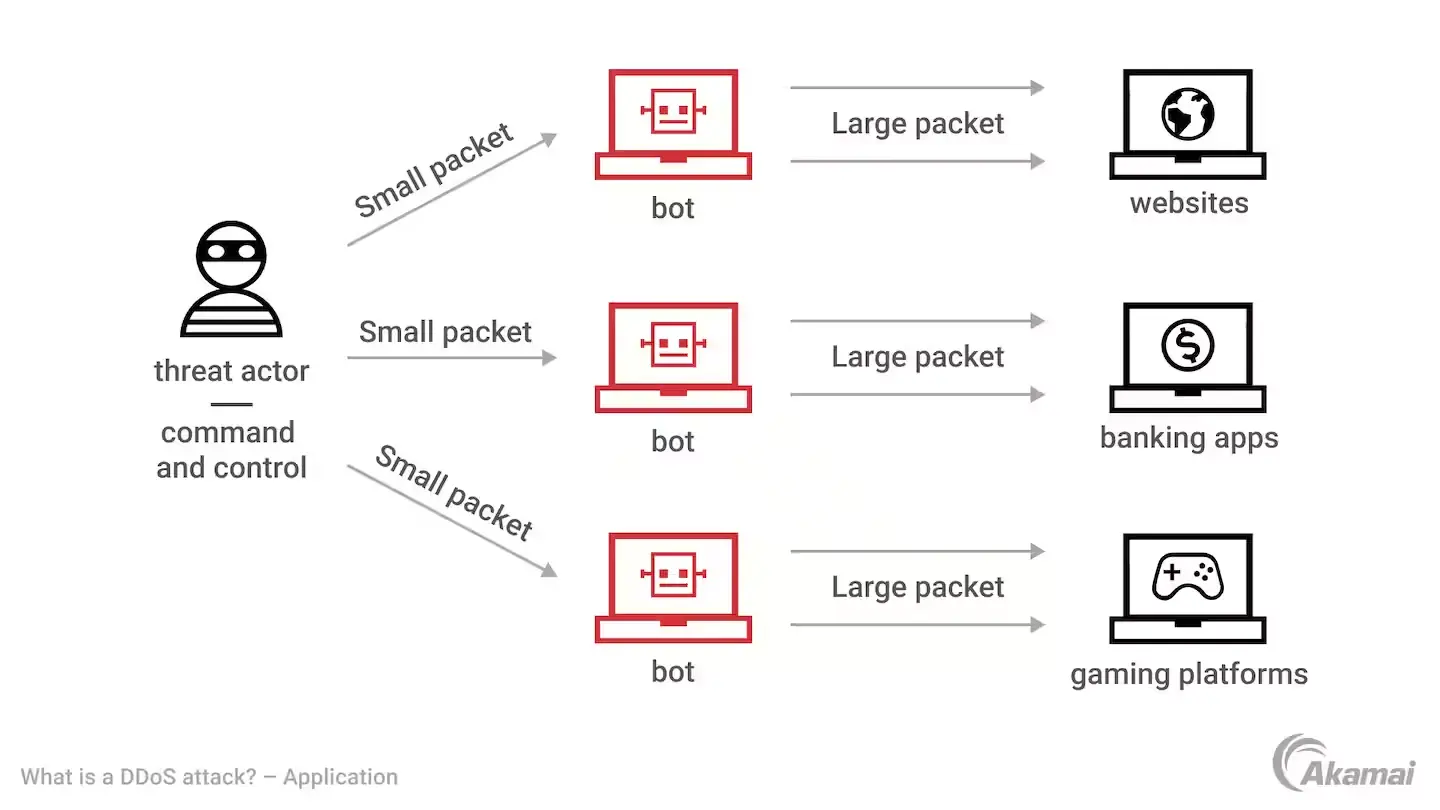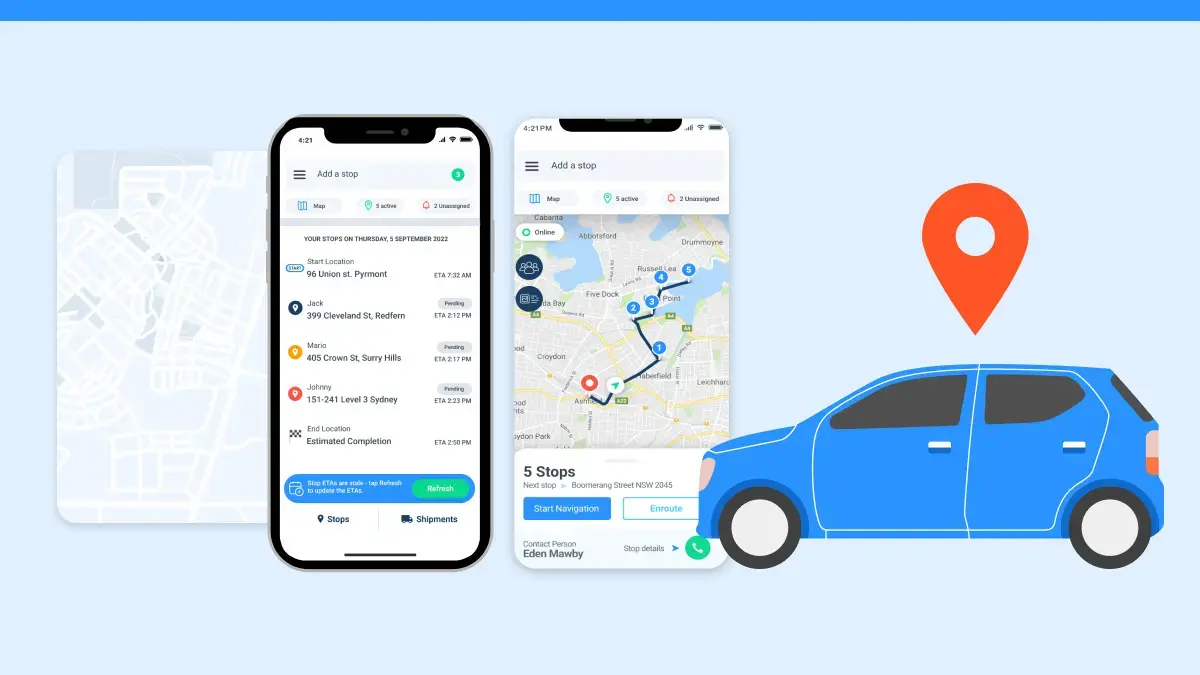Effective Employee Onboarding: Key Strategies for Success

Onboarding new employees is not just about introductions; it’s about integrating new hires into the fabric of your organization. Effective employee onboarding can increase retention, boost job satisfaction, and accelerate productivity. This guide delves into the strategies for transforming this critical phase from a routine process into a cornerstone of organizational success.
Understanding Effective Employee Onboarding

What is Employee Onboarding?
Defining Employee Onboarding:
Employee onboarding is a crucial process that helps new employees transition into their roles and the organization’s culture. Unlike orientation, which might last only a day or two and focus mainly on administrative tasks, effective onboarding is a thorough integration strategy that involves several critical components and can last from a few months to a full year.
Components of Effective Onboarding:
- Training and Development: Onboarding includes detailed training sessions about the new hire’s specific job role and the company’s operations, products, and services. This training ensures that employees are well-prepared to start their jobs and understand the larger business context.
- Social Integration: Facilitating connections with new colleagues and integrating new hires into the team and company culture are essential to onboarding. This might involve team lunches, company-wide events, or informal meet-and-greets that help build a support network and camaraderie.
- Cultural Acclimatization: New hires need to understand the organizational culture, which includes the company’s values, ethics, and expected behaviours. Effective onboarding processes communicate these elements through formal presentations, mentoring, and daily observation.
- Performance Management: Managers should set clear expectations and performance goals early in the onboarding process. This helps new employees understand their responsibilities and how their work will be evaluated. Regular feedback and reviews are also part of this component, providing ongoing guidance and adjustment opportunities.
- Support Systems: It is vital to provide support through HR points of contact, technical support for systems and tools, and an open-door policy for addressing any issues that arise. This ensures that new hires feel supported and have the resources they need to navigate their new environment successfully.
Long-Term Integration:
Effective onboarding extends beyond the first few weeks or months. Continuing to support new hires through their initial year with ongoing training opportunities, regular check-ins, and performance appraisals can reinforce their role and value within the company. This ongoing support helps solidify their commitment to the company and ensures their continued development and success.
Strategies for a Successful Onboarding Process
Start Before Day One
Pre-Onboarding Communications:
- Send Key Information Early: Ensure new hires receive the necessary paperwork, benefits information, and company policies beforehand to streamline the first day.
- Introduce Them Electronically: Use emails or an online portal to introduce new hires to their team and the company culture before their start date.
First Day Success
Creating a Welcoming Environment:
- Prepare Their Workspace: Have their desk, computer, phone, and access credentials ready.
- Personal Welcome: A personal greeting from their team leader and immediate colleagues can make a significant impact.
Structured Integration
Comprehensive Training Program:
- Role-Specific Training: Clearly outline job responsibilities and provide training sessions tailored to their roles.
- Mentorship Programs: Assign a mentor to new hires to guide them through their initial months.
Critical Elements of an Effective Onboarding Program

Engagement and Culture Introduction
- Workplace Tours: Familiarize them with your workplace’s physical and social environment.
- Meet and Greet Sessions: Organize informal meetings with key team members and stakeholders.
Administrative Integration
- Streamlined Paperwork: Use digital solutions to handle routine administrative tasks efficiently.
- Clear Communication of Policies: Ensure they understand workplace policies and their responsibilities from the outset.
Common Challenges and Solutions in Employee Onboarding
Navigating Common Obstacles:
Employee onboarding can encounter several hurdles that, if effectively managed, can help a new hire’s successful integration into the company. Below are some of the most common challenges and strategic solutions to address them.
Information Overload
Mitigating Overwhelm:
- Structured Information Delivery: Organize onboarding content into manageable segments. Instead of bombarding new hires with information, schedule training sessions to cover different aspects of their role and the company over the first few weeks or months.
- Use of Technology: Leverage digital tools like learning management systems (LMS) that allow new employees to access information at their own pace. This can include videos, manuals, and interactive content related to their job functions and company culture.
Cultural Misalignment
Ensuring Cultural Fit:
- Regular Value Reinforcement: Throughout the onboarding process, clearly and consistently communicate your company’s core values and behavioural expectations. This can be through workshops, team meetings, and everyday behaviours modelled by leaders and peers.
- Cultural Immersion Activities: Arrange for new hires to participate in company-wide social events or team-building activities that reflect the company’s culture. This can help them observe and understand your organization’s social dynamics and informal norms.
- Feedback Mechanisms: Implement a system where new hires can provide feedback on their understanding of the company culture. This could be through one-on-one meetings with HR, anonymous surveys, or a designated mentor with whom they can speak openly.
Additional Solutions for Onboarding Challenges
Role Clarity Confusion
Clarifying Expectations:
- Detailed Job Descriptions and Goals: During the first week, provide clear job descriptions and set specific, measurable, achievable, relevant, and time-bound (SMART) goals. Review these goals together and adjust as needed to ensure understanding and alignment.
- Regular Check-Ins: Schedule regular one-on-one meetings between the new hire and their manager to discuss job responsibilities, progress towards goals, and any adjustments to their role or workload.
Integration with Team Members
Facilitating Team Integration:
- Buddy Systems: Pair new hires with a “buddy” who is not their direct manager but a colleague within their team. This buddy can help guide them through the unwritten workplace rules, provide social support, and serve as a point of contact for day-to-day questions.
- Team Projects: Involve new hires in team projects early on. This can facilitate practical learning and quicker integration with team members and provide a sense of belonging and contribution.
FAQs: Insights into Effective Employee Onboarding
- How long should onboarding last?
- Effective onboarding typically lasts between 90 days to a year, depending on the complexity of the role and the company’s structure.
- Who should be involved in the onboarding process?
- Beyond HR, direct managers, IT staff, and immediate team members play crucial roles in a successful onboarding process.
- What makes an onboarding process effective?
- Clear communication, structured training, social integration, and continuous support define effective onboarding.
Conclusion: Maximizing Impact with Effective Employee Onboarding
Effective employee onboarding is a strategic investment in the productivity and retention of new hires. By focusing on pre-onboarding engagement, structured first-day experiences, and ongoing support, organizations can ensure that new employees start strong and remain committed and productive team members. Embrace these strategies to turn the onboarding process into a powerful launchpad for long-term success.






